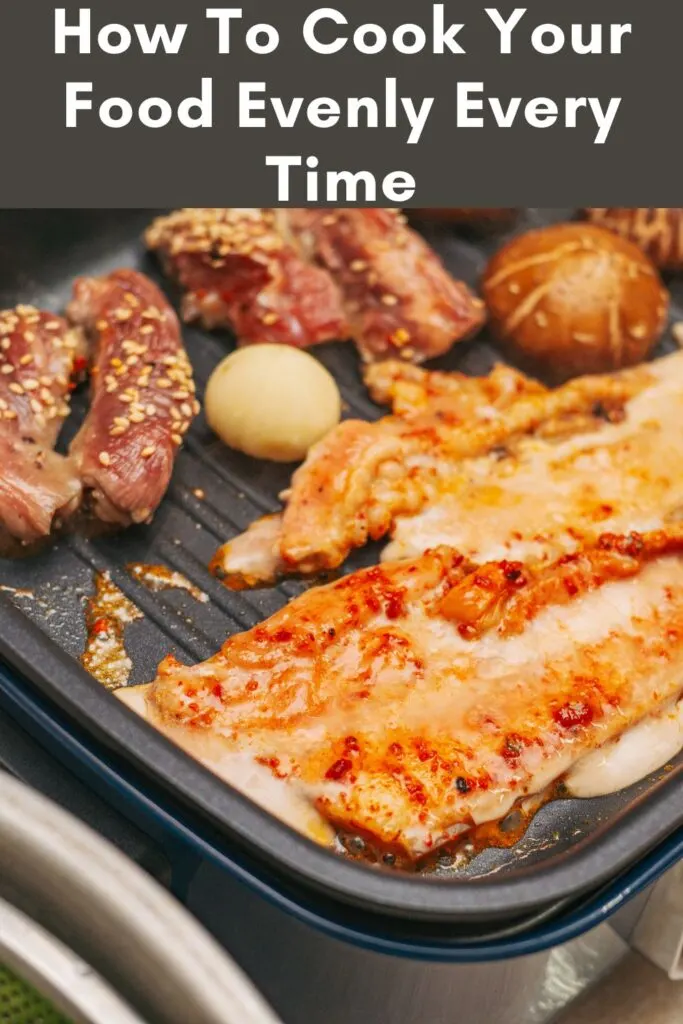
Have you tried roasting some chicken that turned out burnt on the outside but raw on the inside? This experience can be embarrassing, especially when cooking for others. If you’ve ever faced this cooking nightmare, there’s a very good reason why your food did not cook evenly. Imbalances in heating distribution during the cooking process prevent food from cooking thoroughly, enabling unhealthy foodborne bacteria to remain on your plate. Thankfully, there are ways to prevent this from happening. Here are some tips to ensure that your food cooks evenly all the time.
- Defrost thoroughly
Ensure you thaw frozen food properly before using it in your cooking. Incompletely thawing can very easily cause uneven cooking. How long you should thaw food will depend on what type of frozen food you use. For example, large frozen food items such as turkey will need about 24 hours to defrost for every five pounds of weight. Even something smaller, like a piece of a boneless chicken breast, may require a day to thaw.
- Get to know your oven
For recipes that need the oven, it helps to first take the time to understand how your oven heats. For example, a simple test can determine which parts of your oven heat faster. Place a few slices of white bread in different parts of your oven and turn it on. Retrieve the slides after some minutes and check the browning. The way each slice of bread browns will tell you which sides of your oven cook best.
- Consider cutting in smaller sizes
Cutting in smaller pieces will not only quicken the cooking time but also make it easier to achieve evenness. Smaller pieces allow for more surface area to make contact with the heat. It also means a shorter distance for the heat to travel when it penetrates the centre of the food.
- Preheat
Preheating can help create a more even heat distribution depending on your cooking. For example, preheating your baking sheet can help your food cook faster and more evenly in the oven. Some recipes, like the Statler chicken recipe, require you to preheat your oven to cook more thoroughly. But before you preheat, the next point is important.
- Check the recipe and cooking directions
When preparing a dish for the first time, you must check the recipe and cooking directions before starting. Most recipes will tell you the best temperature to cook, how long your ingredients should last under the heat, and how often to turn or stir your ingredients. You can also follow the instructions on the food’s packaging, especially for foods that need microwaving, as various microwaves cook at different rates.
- Don’t forget to turn the food
Whether grilling or frying, turning is one of the best ways to prevent burning. You need to do it throughout the cooking process to make it more effective. You don’t need to wait until one side of the food looks cooked before you turn. When using the oven, you must remember that constantly opening the oven door to turn your food can lead to heat loss. In this case, it’s best to turn halfway through the cooking process.
